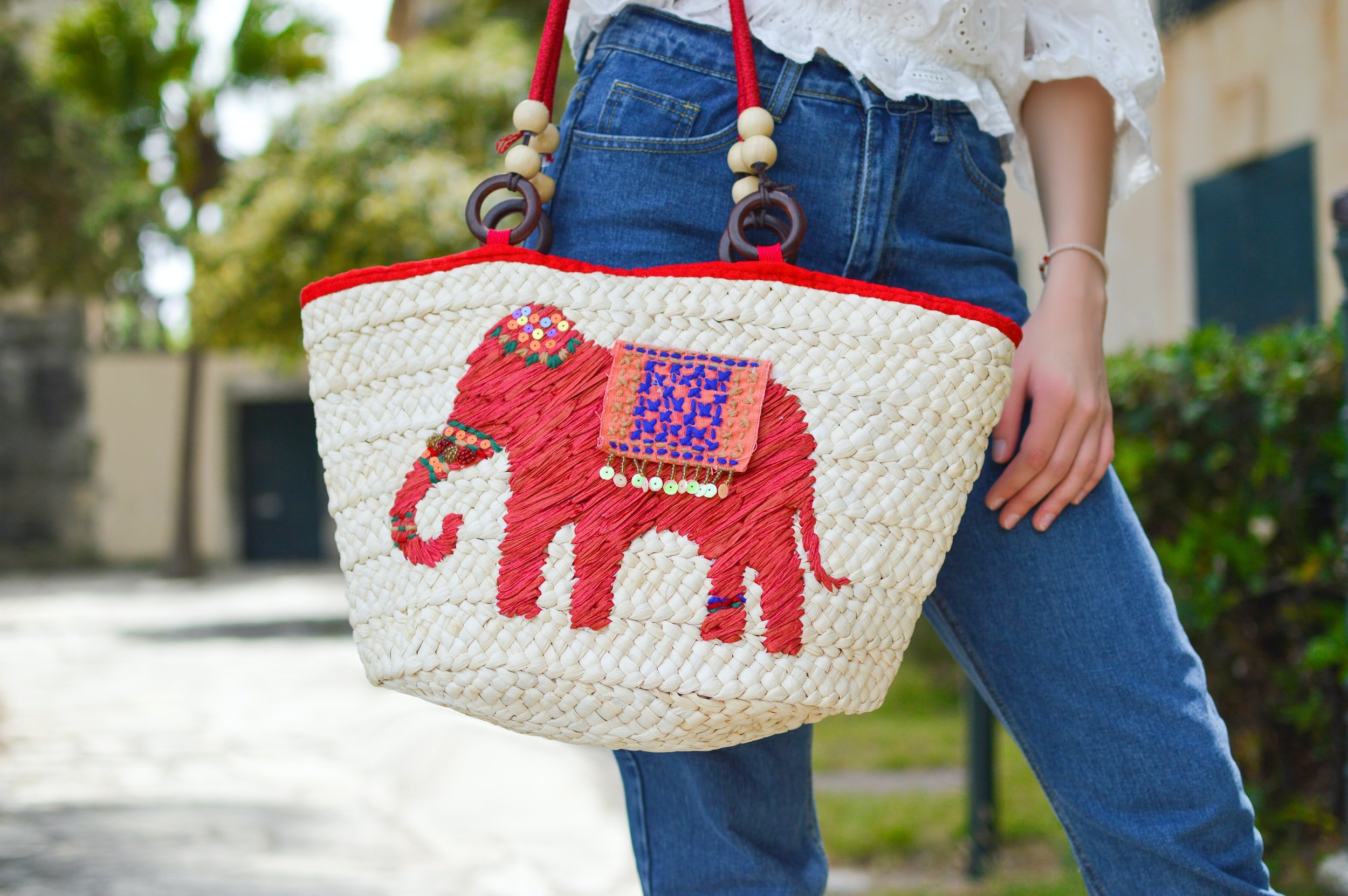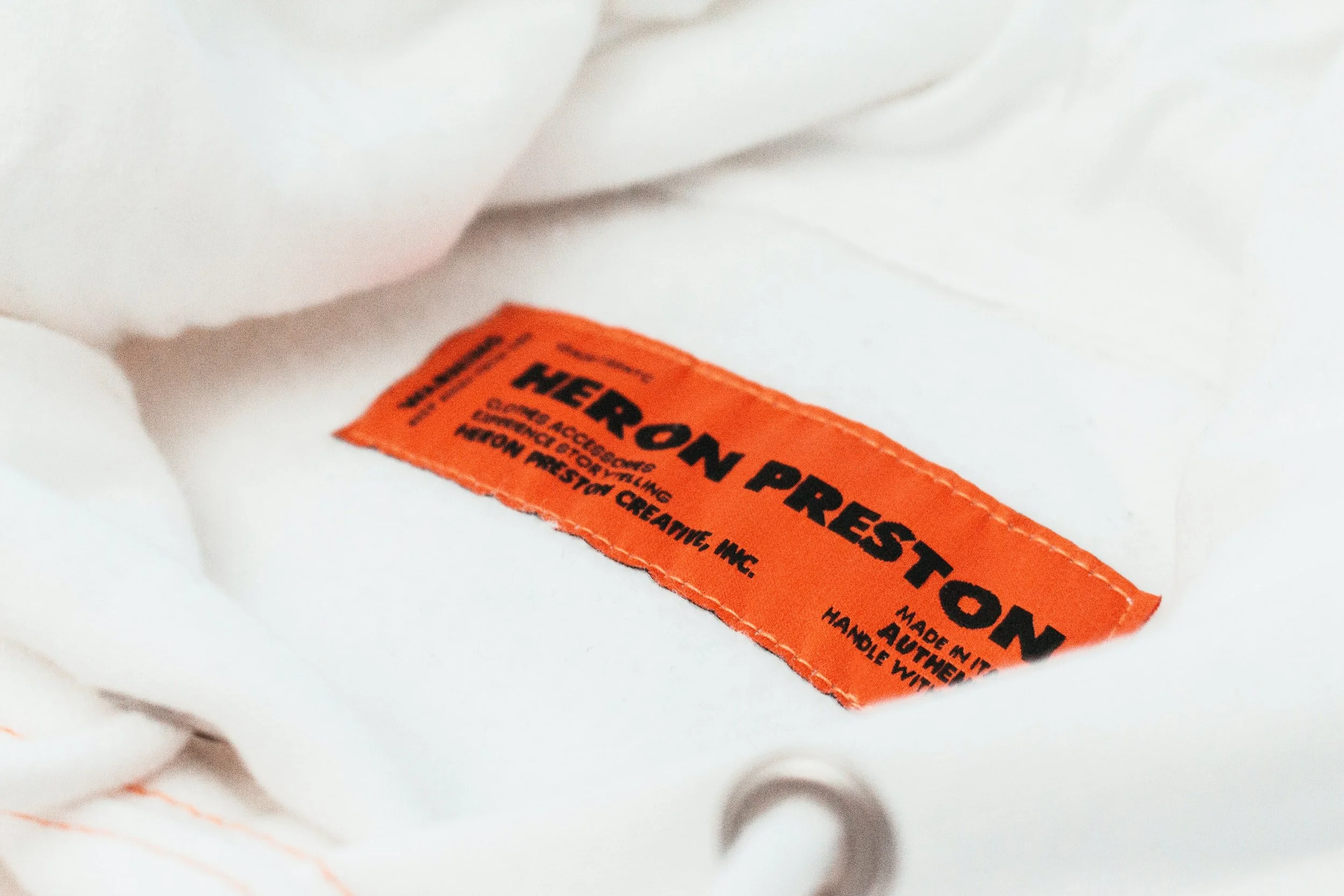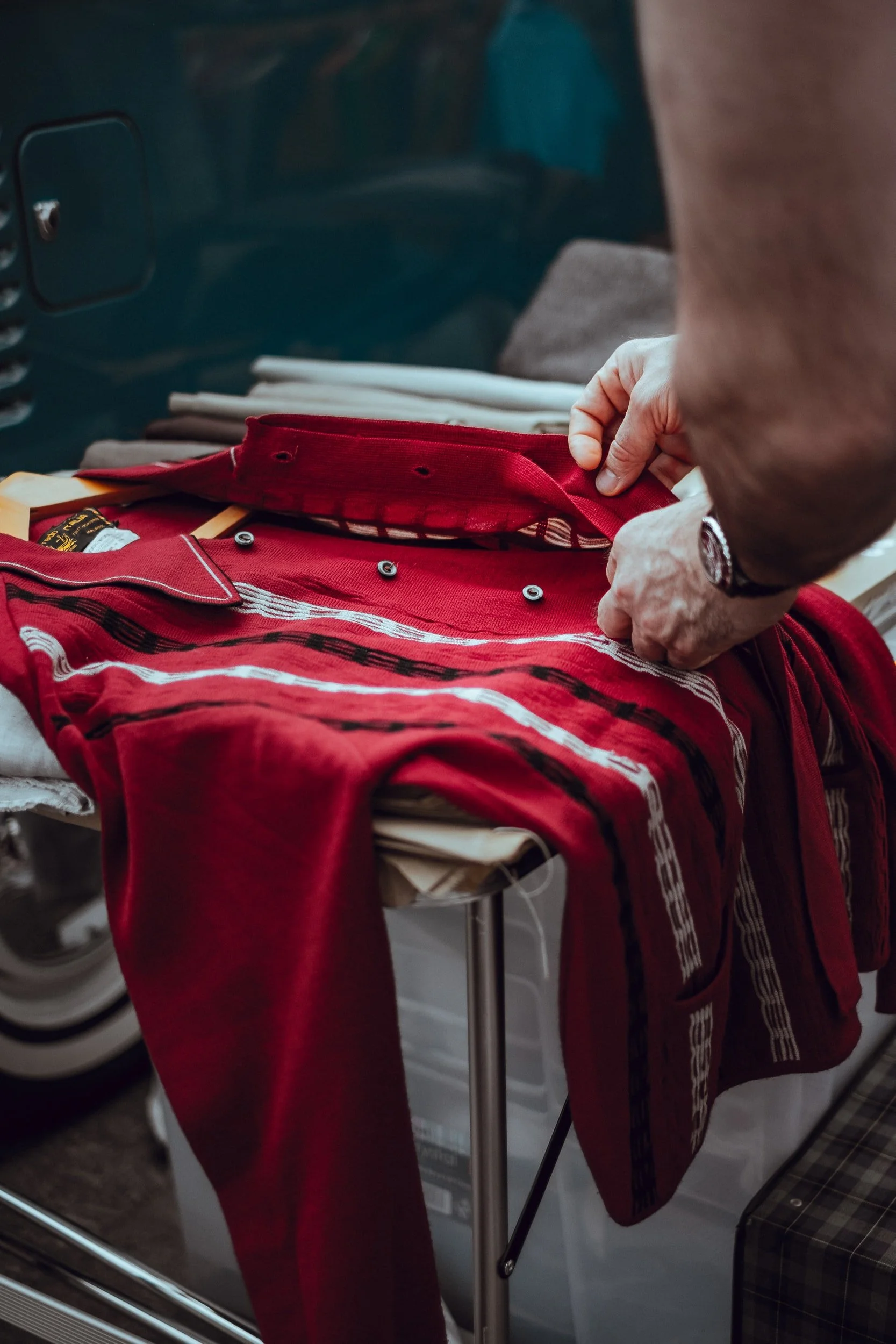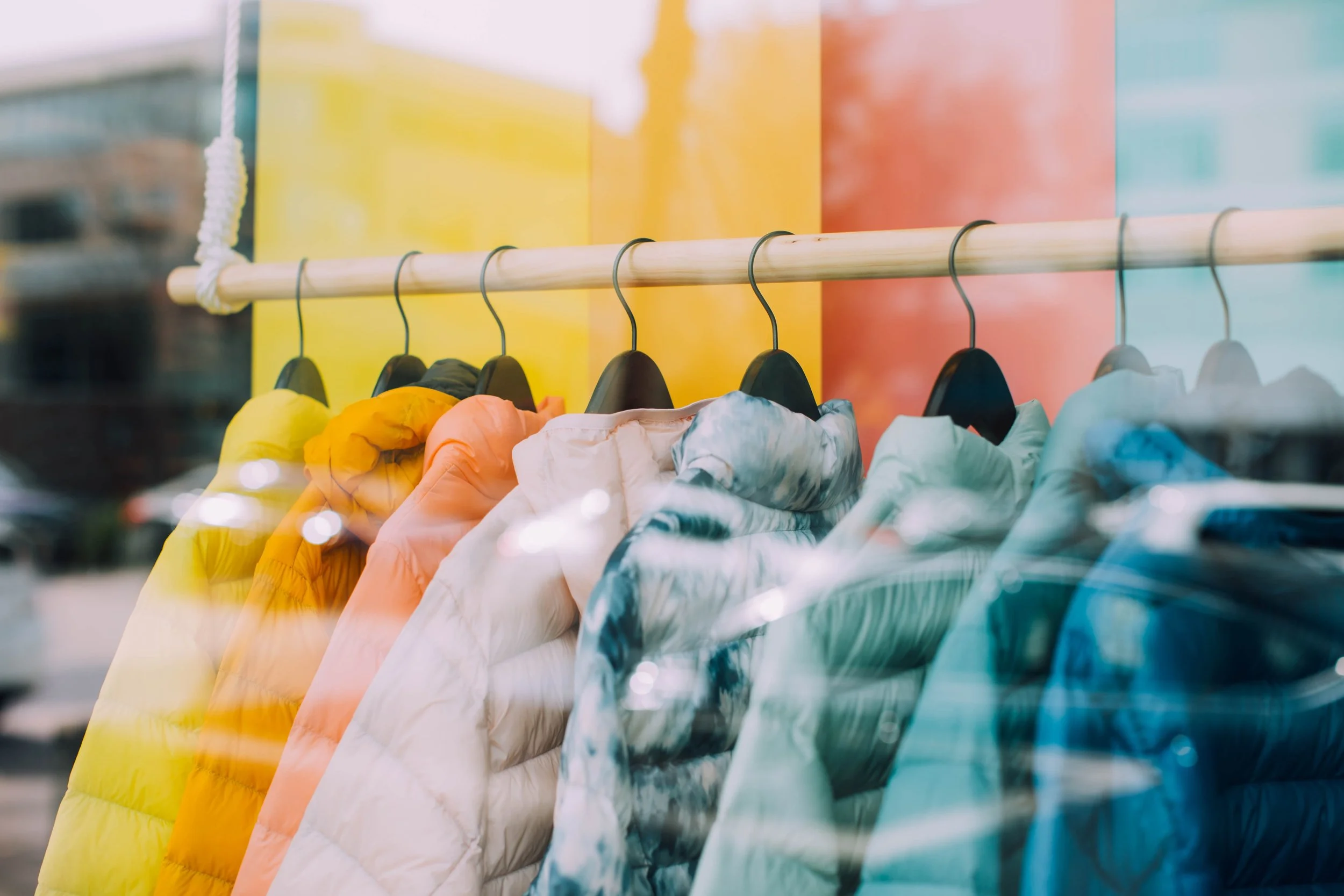How to Thrift Quality Clothes and Accessories

Get Nifty, Get Thrifty
Images from Unsplash
Welcome back to The Issue Magazine’s part two of our sustainable thrifting series! Today’s article will discuss how to differentiate between different fabrics, stitching, lining and other such know-how to make sure that you get the most longevity out of your second-hand garments. If you haven’t read the first article, which discusses how and where to get started on buying second-hand clothing, it’s linked here. Read that article first, and then come back to this one.
All done? Great!
Whether you’re shopping second-hand or buying new, it’s always a great idea to make sure that the clothes you buy will last you as long as possible. This includes treating your clothes with care, washing or drying them according to label instructions, and storing them properly. But before even those steps, picking your clothes by fabrics, lining, and sticking, as well as understanding how these garments were made can help you decide your purchases.
The first thing you should look for is the brand that made the item on the clothing tags and brand name. Fast fashion brands such as H&M, Zara, Forever 21, Shein, etc. are common, and can be good pieces to thrift for trendy clothes, but not always for clothing to last. By looking out for brand names, you can also try to thrift second hand items of your favourite brands. Certain brands are also more likely to produce a specific kind of item- for example, Danier is a high quality Canadian leather clothing brand that has made clothes since the 80’s, and is almost always easy to find in a thrift store. Garment tags are also a good indicator of when an item was made if you’re someone who this information is valuable for. Perhaps you prefer clothes made in the 90’s and earlier? These items usually have cloth tags and tend to be both more worn out and more unique than present day clothing tags.
Next, look out for visible stains, holes, and any form of wear and tear on the item. While some stains can be removed through the wash or a good white vinegar spot treatment (please wash your thrifted clothes always regardless of whether or not they have stains!!), others may require dry cleaning or a more labour-intensive process. Are you willing to invest the time or money into cleaning it? The same question goes for any other form of wear or tear on the item. If you’re willing to do the research and time to polish up your item then it may be a great addition to your closet. If not, closely reconsider whether or not you should purchase this piece. Wear and tear that is already on an item tends to worsen over time, and it can be an investment to make sure your clothing doesn’t degrade any further. There are also certain issues that simply can’t be fixed, such as rust on metal hardware, burns or scorch marks
The second thing to look out for when thrifting is the fabric of your clothes. The majority of ready-to-made wear are blends, combining multiple fabrics with the most common being polyester, spandex, nylon, cotton, wool, rayon, and linen. Some of these fabrics- polyester, spandex, nylon, and rayon- are synthetic, made out of plastics and non-biodegradable. They’re often blended with natural fabrics, such as wool, linen, cotton, and silk in order for clothing companies to cut down on production costs and offer their customers more expensive fabrics at a lower price.
When you’re thrifting, it’s a good idea to look at the fabric tag on an item to make sure it fits your closet and lifestyle- perhaps you live in a colder climate, and so a sweater made with wool or wool blend would be a better choice for you over a sweater made with cotton. Or perhaps you’re prone to sweating- in that case, try to stay away from clothes where the fabric blend is majority synthetic brands, as synthetic fabrics trap in heat (as a tip: when looking for light jackets, try to stay away from jackets with linings where the fabric blend is majority synthetic, for the same reason). On the other hand, synthetic pieces are often easier to take care of than items that are made of organic fabrics only and are usually able to handle a regular wash and dry. With accessories, in particular, it can be better to thrift true leather belts and purses as leather can handle more usage than plastic leather.
One last tip to keep in mind with fabrics and thrifting: try to figure out what kind of fabrics and textures you gravitate towards, and when you wear them. When thrifting for new additions to your closet, it can often be overwhelming, particularly if you’re new to thrifting. However, if you know that you often gravitate towards denim, corduroy, silkier fabrics or thicker fabrics, it can help you narrow down what kinds of textures you want more or less of in your closet, and how to pair your new clothes with the ones you currently have.
The last thing to check for in terms of quality control is the stitching and lining of the item. You’ll want to make sure that your item’s stitches are in a straight, even line, and that the stitches aren’t loose or unravelling. You’ll also want to look at the lining of the item- the inner layer of fabric on the inside of your item. If you’re not sure what lining is, take a look at your favourite jacket or blazer. That silky, thin piece of fabric is the lining. For the lining, you’ll want to make sure that if the piece has one, that it covers the entire inside of the piece. When companies try to cut on costs, they’ll often skimp on lining and either half-line items or not line them at all. This makes for clothes that are see-through or less durable, which in turn wears them out much faster. You’ll also want to check that the lining is undamaged as well. If you come across a garment that you like but the lining itself is damaged, you would need to go to a professional tailor and have it re-done which can cost hundreds as the process entails essentially taking apart the entire piece before fixing it.
While realistically, it’s impossible to make sure that every single thing you thrift or buy second hand will be high quality or in good condition, it’s also handy to understand what makes a piece more durable or longer-lasting, especially when choosing pieces that will integrate seamlessly into your wardrobe as a whole. Do you have any tricks of your own that you use when you thrift? Comment below!
Minh Truong is from Vancouver, BC and is currently finishing up her Communications degree at Carleton University. When not writing, reading, or drinking a chai latte with oat milk (lactose intolerants unite!), you can catch her annoying her very handsome cat. | IG: @minhtruong_








